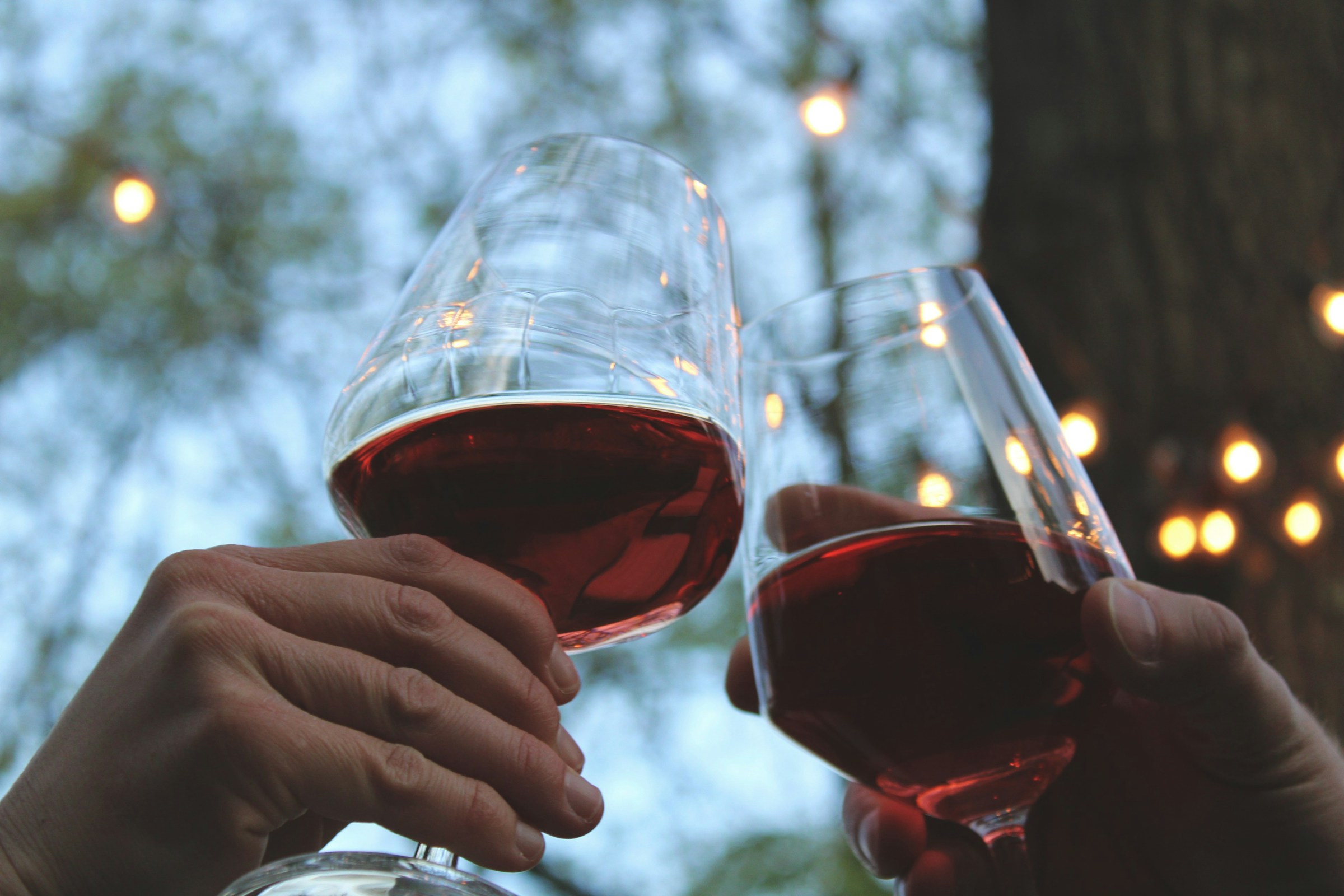Often referred to as the “working man’s Merlot,” Malbec may, for some, have a reputation for being of lesser quality or subpar taste compared to its pricier counterparts like Merlot, Cabernet Sauvignon or Syrah. There’s both an upside and a downside to this. The downside, of course, is that while it maintains this lowly reputation, this delicious varietal is not getting the attention and praise it deserves, and that’s a tragedy. On the other hand, however, as soon as this delicious wine emerges from the shadows and the mass majority begin to see its many charms, Malbec is sure to stop being a budget-friendly bottle. So, it’s probably a good idea to stock up on a few great cases now.
We love Malbec for its easy drinkability and versatility when it comes to food pairings. Bold, spicy, acidic, and flavorful, but with lower tannin content than many other reds, Malbec is perfect for both food pairings and sipping by itself.
What we love most about Malbec, though, is not its exquisite spice or ripe, fruit-forward notes. It’s not its unparalleled ability to pair with beef and poultry. It’s not even its gorgeous color, which gives it the affectionate nickname “The Black Wine.” What we love most about Malbec is the story of how a humble French grape best known for being a mix-in with more popular varietals became Argentina’s most beloved and famous wine.
History of Malbec

Native to Cahors in southwest France, Malbec was once one of the most common, widely planted grapes in France. Now, Malbec – while still made in France – is more commonly associated with Argentina. The story behind this little switch is really quite interesting.
Around the turn of the century, a record-breaking frost, combined with phylloxera – a pest that feeds on grapevines – completely decimated vast areas of many European vineyards. The combination of these two catastrophic events was absolutely devastating, demolishing Malbec and other vineyards on both banks of Bordeaux and many of its surrounding areas.
While Malbec was replanted in France, due to a changed climate and the grape’s susceptibility to disease, it did not grow as well as other grape varieties like Merlot or Cabernet. Opting for a safer, more reliable route, many farmers decided to replant lower-maintenance grapes instead, and Malbec became almost extinct.
Enter French agronomist Michel Aimé Pouget. In the 1850s, Pouget decided to try planting Malbec in Argentina, and the rest, as they say, is history. Malbec became a tremendous success and is now – nearly 100 years later – Argentina’s most famous and successful wine, making up almost 70 percent of all Malbec vineyards in the world.
What are the primary flavors of Malbec?

The primary flavors of Malbec depend greatly on whether you’re enjoying a French or an Argentinian bottle. As with all wines, terroir is the most important factor when it comes to a wine’s personality, and wines from such different climates as France and Spain will, naturally, be very different.
Argentinian Malbecs are very fruit-forward, with dark, ripe notes of plum, blackberry, and cherry. Other common, more nuanced flavors in Argentinian versions are leather, oak, cocoa, and tobacco.
French Malbecs are quite the opposite of Argentinian varieties, with earthy, leathery notes often quite prevalent upfront and fruitier notes beneath the surface. With a lower alcohol content and higher acidity, French varieties also tend to age longer than Argentinian Malbecs.
How to serve Malbec

Malbec is best when served between 60 and 65 degrees and is lovely after a short decanting—about 30 minutes. Because Malbec has softer tannins than other full-bodied reds, the decanting time can be far shorter than that of a Cabernet Sauvignon, for example. Still, a brief exposure to oxygen will help the wine open up and soften any tannins that may be present.
What are the best food pairings for Malbec?

Like most full-bodied reds, Malbec is beautiful when paired with bolder flavors that can stand up to its power. Unlike other powerful reds like Cabernet Sauvignon, though, Malbec’s lack of aggressive tannins makes it a great pairing for leaner cuts of beef like filet, skirt steak, or sirloin as there is no need for heavy tannins to cut through a larger fat content. These lighter tannins are also beautifully paired with venison, roasted pork, and even the darker sections of certain poultry, such as turkey or duck.
Spiced, warm flavors like pepper, sage, rosemary, and thyme pair perfectly with Malbec, as do bold, pungent soft cheeses, including many blue varieties. Roasted and grilled earthy vegetables like mushrooms, beets, and spicy greens are all perfect matches for Malbec.




